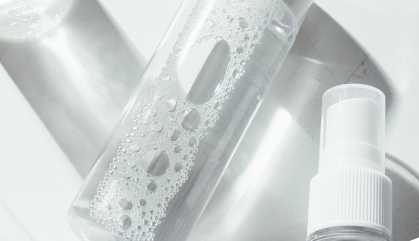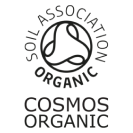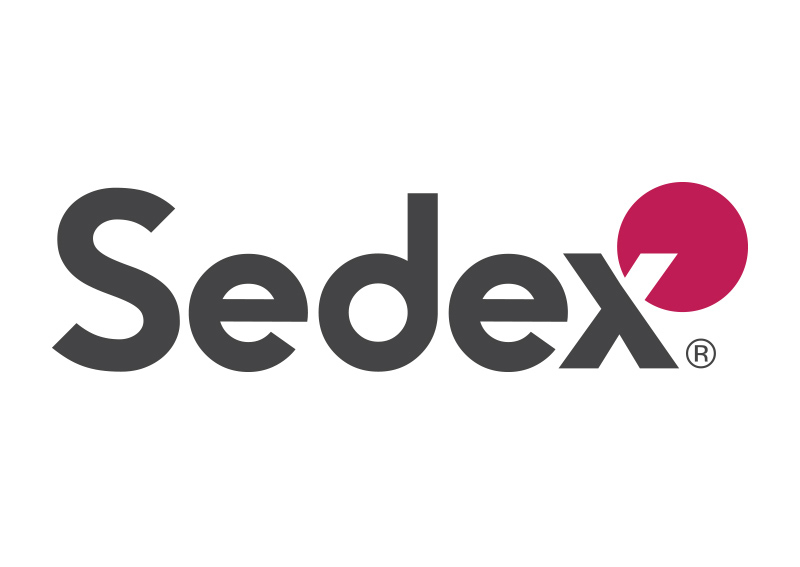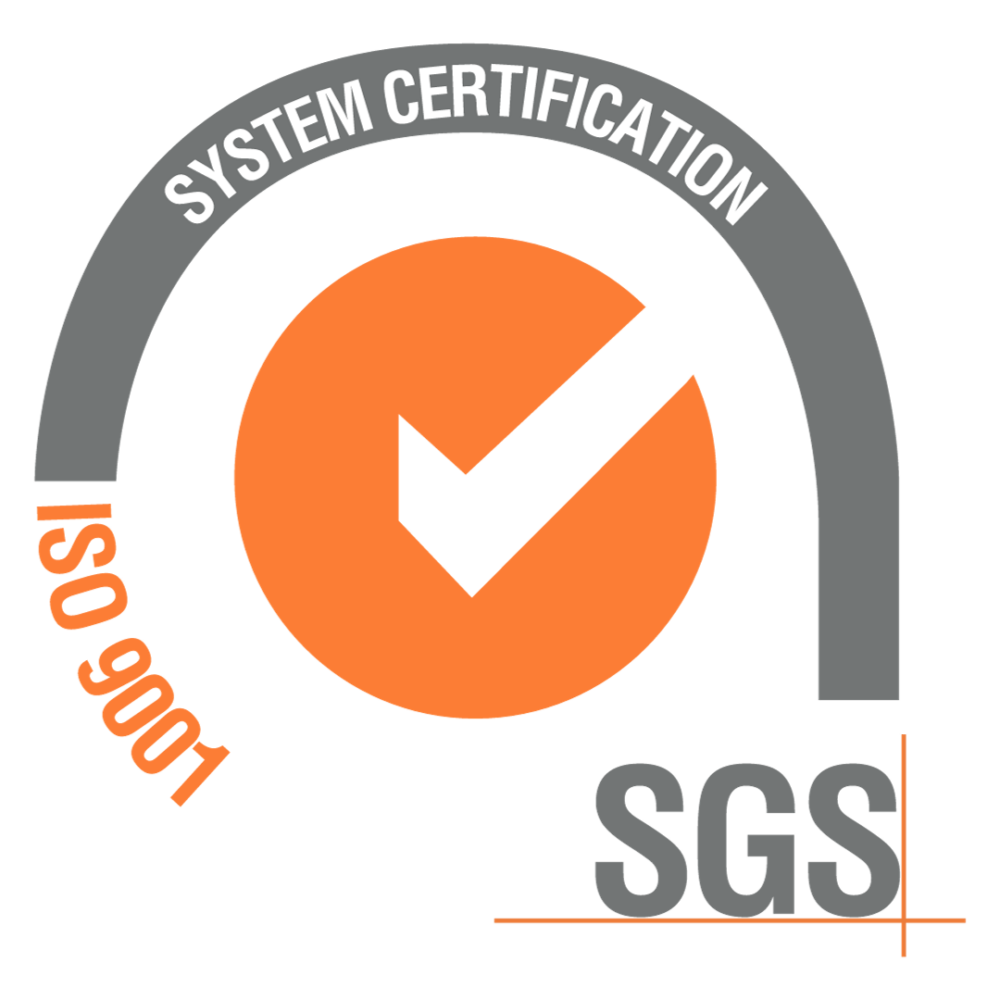January 27, 2023 | Lauren Grainger
The 8 biggest mistakes we see customers make when starting a skincare brand – Part 1
Read time: 9min

We speak with customers and potential customers every day and have worked with hundreds of ambitious influencers, start-ups, entrepreneurs, retailers and established brands to create incredible products over the years. We have seen lots of customers achieve greatness and, unfortunately, we’ve seen lots of customers with great ideas and great products not succeed. Whilst this can be influenced by a number of factors, we want to share our wisdom and give insight into some of the biggest and most common mistakes we see people make when looking to start their own brand and range of cosmetic products in the hopes that it helps other aspiring entrepreneurs achieve success!
1. Budget and budget mix
Let’s go straight in with the big one! There are a number of costs associated with starting a business, developing products, and launching a brand. We often find that customers who are committed to their venture are prepared for development costs, they understand that to formulate, tweak and test a range of products will need some investment – but past that point, is where we start to see some unpreparedness from people. Once a product has been developed, it then needs to be manufactured in bulk ready to be sold, with many private label manufacturers you’re looking at a minimum order quantity (MOQ) of around 5,000+ units. In addition to the product itself, you’ll need packaging and branding too, and if that’s outside of your skill set, you may need to work with a designer or agency to develop your branding and labels for your packaging and this is only to a physical sales-ready product!
You’ve then got to think about some of the less sexy logistics stuff like, where will your products be stored? Do you have a warehouse or will you be using a third-party logistics (3PL) partner to store and distribute your products? What costs are associated with this?
You then need to consider your marketing costs, what is your marketing plan and how much budget do you need to promote your brand so that people know about your products and want to purchase? Will you be doing the activity yourself or do you need a team? The costs involved in marketing can vary dramatically depending on your tactics and goals so it’s best to go in with your eyes open and set a realistic budget to align with your goals.
Your cashflow will also play into your budget in the early days, particularly if you’ve got a B2B strategy to sell your products through retailers, lots of these retailers have a 30, 60 or 90 day payment policy on invoices, so if your product is performing well, it’s likely that you’ll need to place your next order with your manufacturer before the money for your first batch has hit your bank.
Our top tip for budgeting and your budget mix when starting out in creating a product line whether that’s skincare, haircare, male grooming or pet care is don’t press ‘go’ on the project just because you can meet the development cost – this is probably the easiest milestone to meet, depending on how many products you’re looking to develop it could be in the low thousands to develop the product itself, you need to think about all of the above and consider what investment and budget is this venture likely to need over the first 12 months and go into the project prepared for success.
2. Marketing preparedness
We’ve touched on it a little above, but a strong marketing plan is vital to launching a new product range and without it, it will be hard to gain any traction in a crowded market such as personal care. We often speak with customers who have something that could help cement a foothold and give them a good foundation – sometimes this is a large and loyal social media following, or a good connection with a buyer at a major retailer, or a credible reputation – but what about everything else?
Marketing can consist of a complex mix of activities across different channels that complement each other and come together to attract your target audience and ultimately encourage sales of your product. Understanding how you’re going to do this for your brand is super important and should be considered right at the start of your project before starting the product development phase. Some key questions to start with for yourself are:
- Who is my target customer?
- How do they like to receive information?
- Where do they look for advice on what products to use?
- Will I be selling these products through retailers in-store? Or through retailers online? Or will I be selling them direct to consumer?
Once you know how your products will be sold and who you want to sell them to, you can then start building a marketing plan of how you’re going to target these people to attract, convert and delight them. This usually requires a mix of activities, you’ll likely need to create a website for your brand with content that will attract and engage your customer. Some areas to start thinking about are:
- Website
- Social media
- Influencer marketing
- Google ads
- SEO
- PR
- Events
- Affiliate marketing
- Content marketing
- Print advertising
- Multimedia advertising (eg. TV, Podcasts etc.)
You may choose to not to include all of these channels in your strategy, but you need to consider them and decide what your marketing plan will be and to ensure you’re not missing out on something key. It may also help you in determining what you can/want to do yourself, what you may choose to outsource or indeed whether you’re going to expand your team and hire an in-house marketer.
However you choose to do it, please at least think about it! Where we see the most issues arise are people get to the point where they’ve developed their product, they place their first manufacturing order and then they don’t know what they’re going to do to sell the product. Remember, creating the product is only the start!
3. Growth preparedness
Many people think the first order is the hardest as it’s an upfront investment, but it’s actually the easiest order you’ll ever place as you’re fully in control and you’re working with even numbers across your product range. When your brand takes off and sales are being made, it’s unlikely that every product in the range will sell at the same rate, so it may be that you have 1 or 2 products that need to be reordered before others in your range – no problem, right?
Well, this could have unexpected knock-on effects that it’s good to be aware of upfront. For example, if your second production run is smaller, your cost per unit may be higher due to economies of scale, or your cost of ingredients may be higher based on ordering a smaller quantity. Another challenge that is quite common in recent years is unpredictable lead times on raw materials as the supply chain is still seeing knock-on effects from Covid, Brexit and the war in Ukraine.
A good manufacturing partner can help you navigate this kind of situation and advise on what’s best to do based on your current and future needs to work most economically. This point is a little tricky to prepare for as it may be unpredictable before you actually get your product on the market to know what your rate of sale will be and what your situation will be when it comes to your 2nd, 3rd, 4th order etc. but it’s a good one to be aware of and to understand that not every order you place with your manufacturer will be exactly the same.
4. Assuming that retailers will stock your products
The competition to get on fixture in major retailers is fierce – their shelves will already be full and there are tonnes of brands competing to get some space on those shelves too, so you need to be prepared for a battle to fight the corner for your brand and get that listing. We often hear prospective customers at the start of their product development journey say “I’ll sell the products in X,Y & Z major retailer” and when discussed further it emerges that they haven’t sold products through a major retailer before or don’t have a plan for how they’ll make this happen.
The first question a retail buyer would want to know is “why would a customer buy your product over what I already have on shelf?” so you’ve got to have a great unique selling point (USP) that will differentiate you from the competition – having a ‘me too’ approach won’t cut it when getting listings in stores unfortunately! This is where a killer marketing plan can come into play as well to demonstrate what support you’re putting behind the brand and driving consumer demand for the products in their store.
The positive thing here is, buyers are always looking for the next big thing and they have targets to deliver on innovation within the category, so the likelihood is you’ll be able to get a conversation – it’s what impact you make and how convincing your products and promotional plan are that are the unknown.
On a similar note, we often see influencers and celebrities in a position where they have a great, large social media following and start a venture into creating a cosmetics product line to sell online under the assumption that their followers will buy the products. You’ve got a great foundation if you’ve got an engaged following, but it’s important to not just assume that the products will sell as it can give a false sense of success before you’ve even started. Having clear and appropriate USPs, a fantastic user experience, excellent packaging, great communications and customer service and ultimately an amazing product are essential to give your following a reason to buy into the brand, purchase the products and continue to do so moving forward.
Our best piece of advice would be to assume nothing. Take nothing for granted. Even if you know you’ve got a foot in the door with a retailer, or you’ve got an amazing Instagram following, plan plan plan for how you’re going to maximise on the return from that. How are you going to use these things to your advantage as part of a wider strategy? Don’t just rely on it being a given.
Check out part two here!









